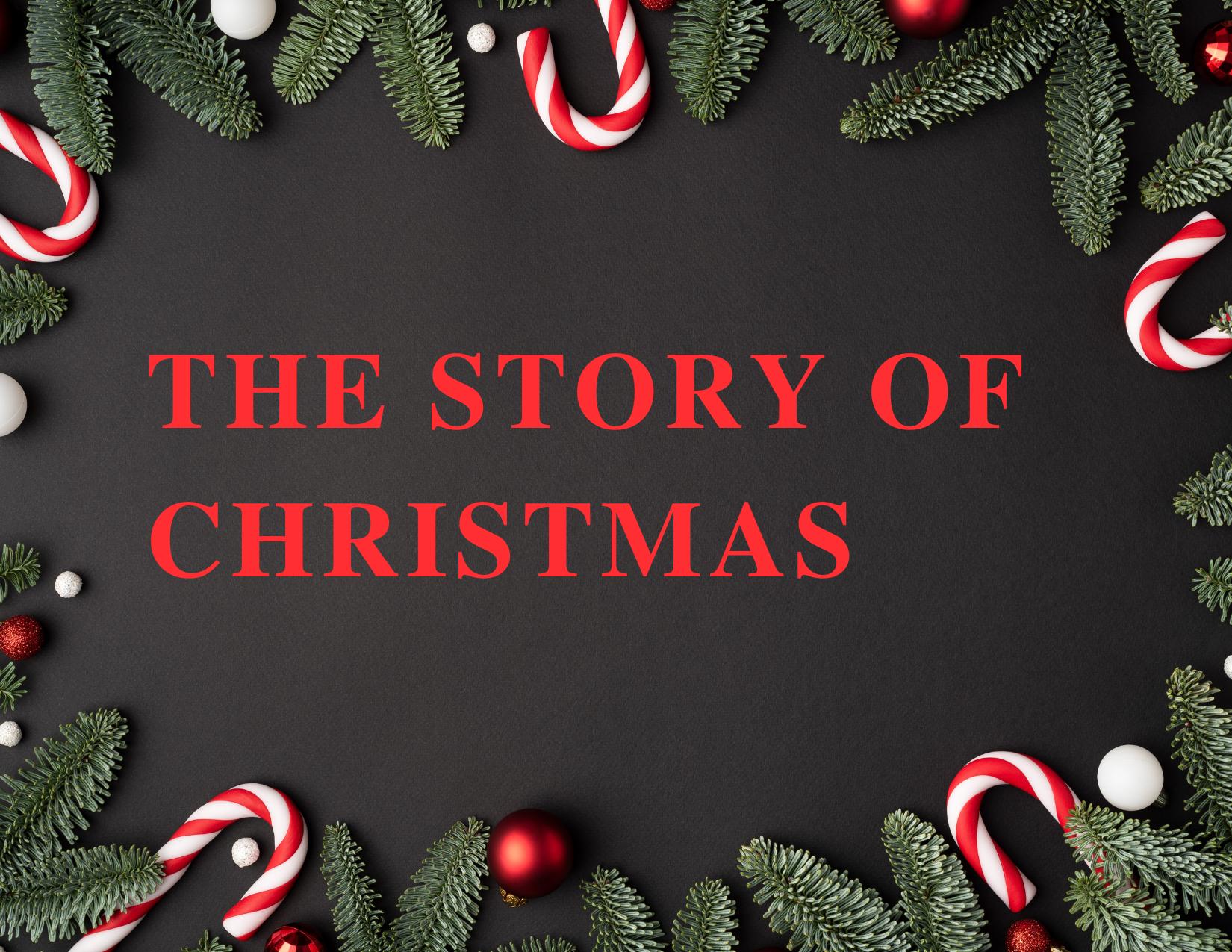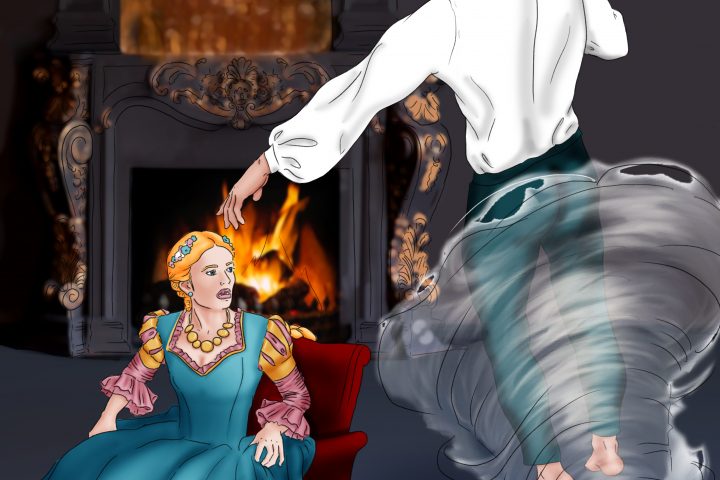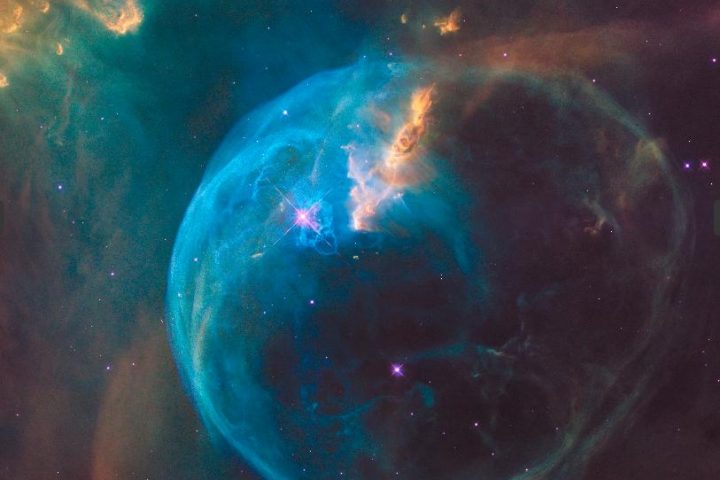Christmas is an annual festival commemorating the birth of Jesus Christ, celebrated on the 25th of December by billions of people around the world as both a religious and cultural celebration. It typically lasts 1 day, but in reality, the boisterous sounds, sights and activities begin to unfold from the first day of December in some parts of the world. This mood and frenzy peaks on December 25th and snowballs into the 1st of January the New Year. Do you know the complete Christmas story ?
Christmas has its roots in about three or more famous ancient holidays. Would you stay with me? as we explore about 2 of them
Yule
The middle of winter has long been a time of celebration around the world. The ancients were hunters who spent the majority of their time outside. The seasons and weather did shape their lives and ways of living. In the darkest days of winter, centuries before the arrival of the man known as Jesus, early Europeans celebrated light and birth.
As the darkest day of the year falls within December, they lit bonfires and candles to keep the darkness at bay. Europeans celebrated Yule, also known as the winter solstice, when the worst of winter was over and they could look forward to longer days and longer hours of sunlight.
To celebrate the return of the sun, fathers and sons would bring large logs home and light them on fire. They would feast until the log was consumed, which could take up to 12 days.

By Robert Seymour (1798 – 1836) – “The Book of Christmas” by Thomas Kibble Hervey. Public Domain, https://commons.wikimedia.org/w/index.php?curid=46503915
With each spark from the fire, the Norse believed that a new pig or calf would be born during the coming year and the bulk of cattle were butchered at that time of year, because they wouldn’t need to be fed over the winter, and quite a number of people relied on this time of year to purchase fresh meat. Their celebration was typically a lot of caroling, drinking and dancing.
Saturnalia
The ancient Romans celebrated this for two weeks from mid December. A work-free period, set aside for jollification and all forms of socializing. Remarkable is the fact that even their slaves were not left out, they participated in the festivity.

Themadchopper, Antoine-François Callet, CC0, via Wikimedia Commons
It was in honor of Saturn – their god of agriculture. They partied, gambled, sang, played music, and exchanged gifts. One common form of gifts were Wax taper candles, because they signified light returning after the solstice. Saturnalia was by far the jolliest Roman holiday, it was generally characterized by frivolous drinking, as the highest percentage of the wine and beer produced during the year was finally fermented and ready for consumption.
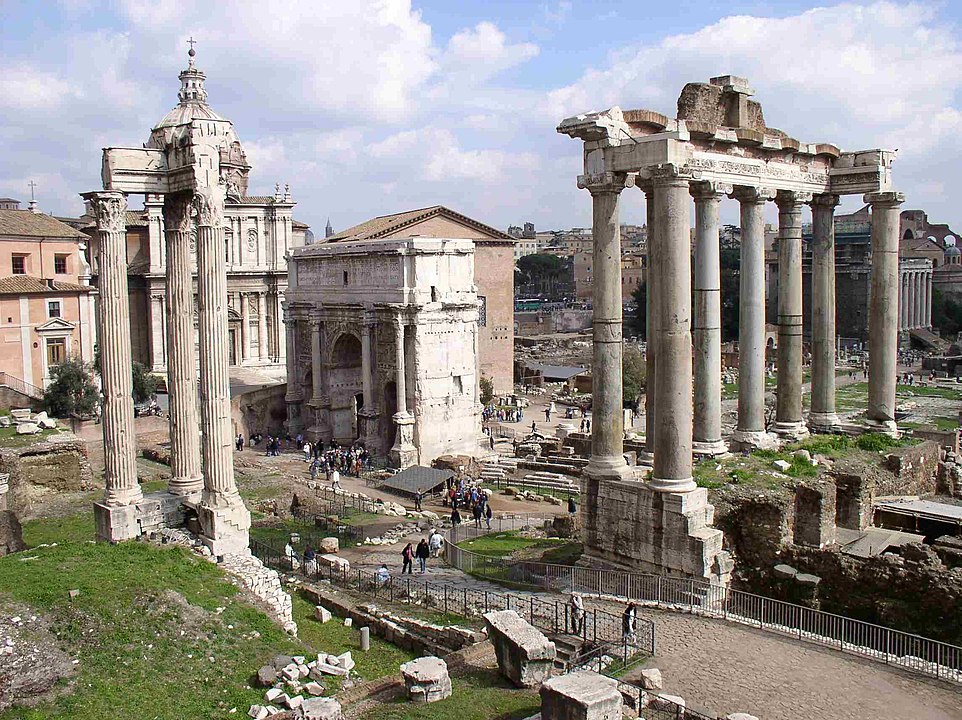
CC BY-SA 3.0, https://commons.wikimedia.org/w/index.php?curid=174932
Both feasts and others like the Mithra also by the Romans, all occurred at the conclusion of every lunar year, this coincidence or not, points to a seeming global season of celebration, to which Christians attached the birth of Jesus in an effort to solidify their religion, as a counter-cultural event.
As no efforts of the Christian clergymen to curb what they considered pagan customs and celebration came to fruition, and nobody could tell precisely; the date Jesus was born, marking the Saviour’s birth at this time became a perfect strategy and means of distraction from the other holidays for early believers.
Now, let’s take a look at two Christmas traditions that have evolved over time and don’t appear to be going away anytime soon.
You might be interested in our other article “What does God created Man in his own Image mean?”
Christmas Trees
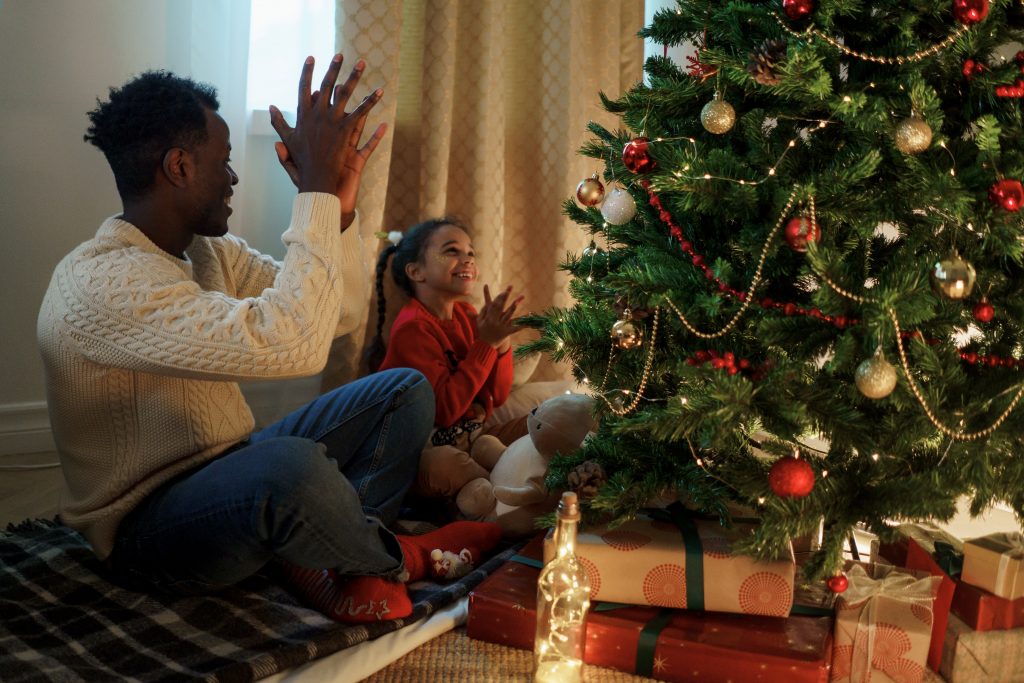
As part of the aforementioned celebrations, the Romans, Greeks, Germans, decorated their homes in anticipation of the spring to come. In the coldest and darkest days, evergreen trees maintained their freshness and remained green, hence the assumption that they possessed very special powers
Some decorated their temples with fir trees and bits of metal during Saturnalia. Others just decorated their trees with candles and dried fruit in honor of their wooden gods. All the trees brought home were hung from the ceiling, upside down. Interesting right?
The Christian faith introduced these traditions into theirs in the 1500s, but they decorated trees in their homes with sweets, lights, and toys instead. By the 16th century, this practice had found a solid footing in the homes of many devout Christians, mostly because of the actions of the Protestant reformer Martin Luther, who was believed to have the first lighted candles added to a tree. While composing a sermon one winter evening, he was struck by the brilliance of the stars twinkling among the evergreens. He erected a tree in the main room and wired its branches with lighted candles to recreate the scene for his family.
By the 18th century, however, Americans found Christmas trees an oddity, as they were seen as strictly a pagan symbol and practice. The General Court of Massachusetts had enacted a law in 1659 making any observance of December 25, other than a church service; a penal offense. People were fined for hanging decorations. An influential Oliver Cromwell preached against “the heathen traditions” of Christmas carols, decorated trees, and any joyful expression that desecrated their solemn disposition at the time. That strict sobriety persisted until the nineteenth century, when the influx of German and Irish immigrants undermined the Puritan legacy.
The tides changed when Queen Victoria of the British Empire was sighted in 1846, with her German Prince, Albert, and their children, in the Illustrated London News, and America’s Godey’s Magazine, standing around a Christmas tree. Wow! A Christmas tree? That was fascinating, to say the least, as the Britons and fashion-conscious East Coast American society embraced it again. The Christmas tree had arrived. Such influence!
Who is Santa Claus?
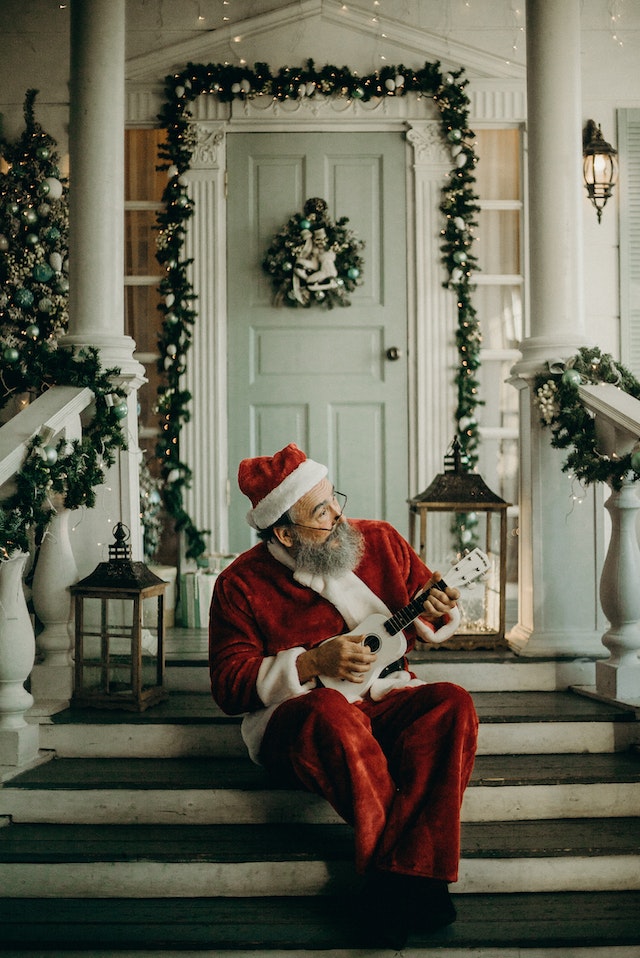
Haddon Sundblum, an American illustrator, depicted Santa in 1931 as a portly white-bearded gentleman dressed in a red suit with a black belt and white fur trim, black boots, and a soft red cap.
The character of Santa Claus was inspired by a certain St. Nicholas, a 4th century Christian saint who was renowned for his generosity towards the poor and disenfranchised. He did so many legendary things, but the most popularly known was how he saved three daughters from being sold into slavery by their poor father. He did that by tossing gold through an open window into their home. It landed right in the middle of a sock drying by the fire. This discreet act of his changed their fate forever. Hence, children began to hang their stockings by fire in anticipation of a surprise gift from St. Nicholas onward.
According to Britannica‘s Christmas story, Santa Claus is said to live with his wife at the North Pole, where he spends the year making toys with the assistance of his elves. There, he receives letters from children requesting Christmas presents. On Christmas Eve, he loads his sleigh with toys and flies around the world, drawn by eight reindeer, stopping at each child’s house. He slides down the chimney and leaves the gifts, refueling himself with milk and cookies left for him by the children of the household.

Today, several cultures have embraced and adapted versions of his legend into their Christmas holiday. In Swiss and German cultures Christkind accompanies St.Nicholas to deliver presents to well-behaved children. Father Christmas does the same in England, Pere Noel in France. He is known as Sinter Klass in the Netherlands, Lorraine, Belgium, Luxembourg, and some parts of Germany. America christened this legend – Santa Claus.
It’s worth noting that this particular Christmas tradition has its roots in Christianity. For, even if Christmas were to be stripped of its many borrowed elements, the birth of Jesus and the spirit of selfless giving as inspired by him and demonstrated by the legend of St. Nicholas (Santa Claus) could never be erased.
Though many have argued, and correctly so, that the celebration of Jesus’ birth was not mandated by the Holy Book, as his death and resurrection were, the angel who announced his birth referred to it as – Good News. Good news in every culture always calls for celebration.
Today Christmas has assumed two natures; the religious and the secular. Religiously, as the anniversary of the birth of the man called Jesus, and secularly as a culturally and widely accepted time of the year, set aside for a different kind of merriment with friends, family, and in some cases, strangers. Wait! Does that ring a bell? The original Yule and Saturnalia traditions did have a strong element of community, togetherness, and raucous feasting to them, didn’t they? This looks like a trajectory that would never cease, regardless of what is tweaked overtime or not. Christmas will always be that special time of the year characterized by a plethora of wonderful experiences centered around family, generosity, companionship, kindness, love, traditions, community, hearty laughs, and hugs.
The aromas of various foods within neighborhoods, the sights of lights in windows and yards, back to back Christmas movies on the loop, the sounds of Christmas classics and carols, the excitement of Christmas morning, the day filled with so much laughter, hugs, eating, drinking, and unboxing of gifts.
It is simply….magical.
It is believed that Christmas has been observed annually for 1500+ years now, by both Christians and Non Christians. So, regardless of your religious beliefs, I wish you and your family a joyous, beautiful, and amazing holiday season. I hope you’re surrounded by pleasant people, delectable food, laughter and a festive ambience. I hope you take some time off, relax, give, receive and enjoy yourself.
Fun Ways To Celebrate Christmas
Are you wondering how you can maximize this season for yourself and loved ones? Here are some ideas curated just for you.

Go Caroling
How about you gather a few of your friends or the kids around you and head out to your neighborhood carol events to sing a few favorites. I guess that’s me assuming already that singing is your thing. Not to worry if you can’t carry a tune; your enthusiasm is all that matters!
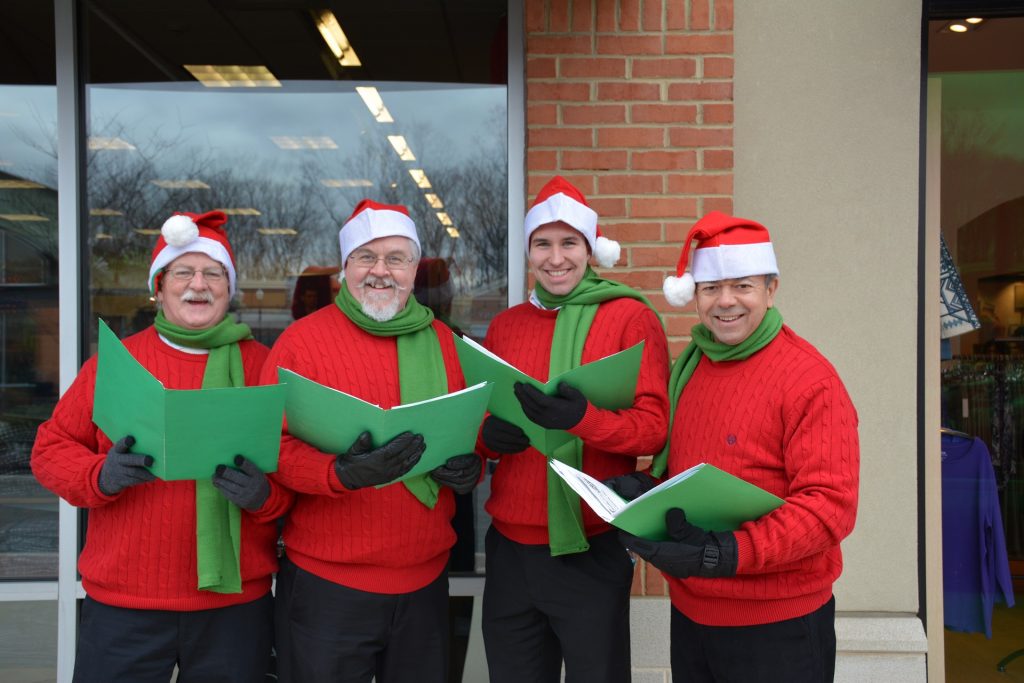
Organize An Open House
Hey, it doesn’t have to be a full-fledged party, you can simply keep your door open so friends, neighbors, and/or the needy, as they can just drop in to say hello and to feel loved, whatever the case. Keep it simple, and offer easy appetizers, candies, beer or hot chocolate tea. Whatever feels appropriate.

Plan A Meal Exchange With Your Neighbors
How about you make more than enough food and swap with your neighbors? That way, everyone gets a variety without a lot of effort!
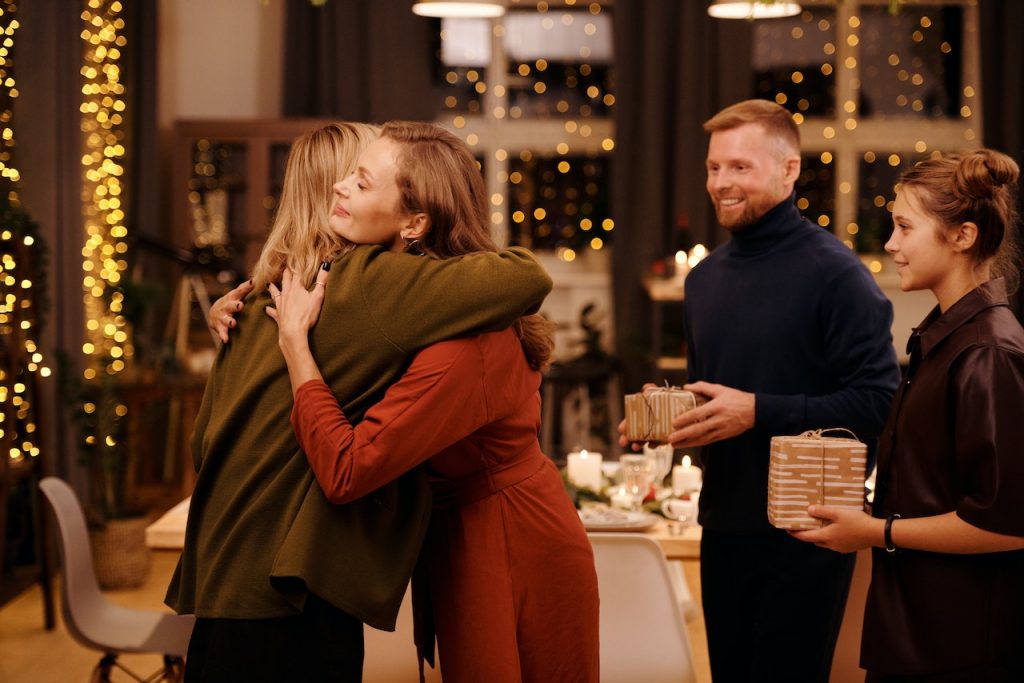
Have A Christmas Movie Marathon

You can gather the family to watch some of these favorites. Here is a list. Your eyes will pop!
Spend Time Together
Maybe your smartphones and PCs should rest this time. What do you think? The memories we make with our loved ones may be all we have to remember years from now, not necessarily what you gave or received as gifts. Bake cakes with your kids. Play games. Attend services at a house of worship. Go hiking. Drive around to relish the sights and sounds. Set up a Christmas tree, share your Christmas story and the list is endless. The point here is to interact and keep the sense of community alive.
Write Thank You Notes
Have you thought about writing thank you notes to the people who have made your year? That age long gesture never goes out of style. Take a sit and write as many as you can. Certain people in your life sure deserve some recognition and appreciation for their impact, gifts and kind gestures towards you in the course of this passing year. There’s no better time to say “thank you”

Give back
Your contributions to others around you does not have to be monetary. You can help an elderly neighbor put up her Christmas tree, or simply spend an afternoon with her making cookies. Send care packages to military personnel who are away from home. Donate food to the nearest orphanage. Just do something thoughtful. It will mean a lot to those who are not as fortunate as yourself. That, after all, is the Christmas spirit and Christmas story.

